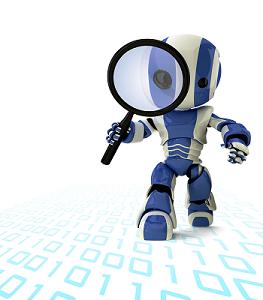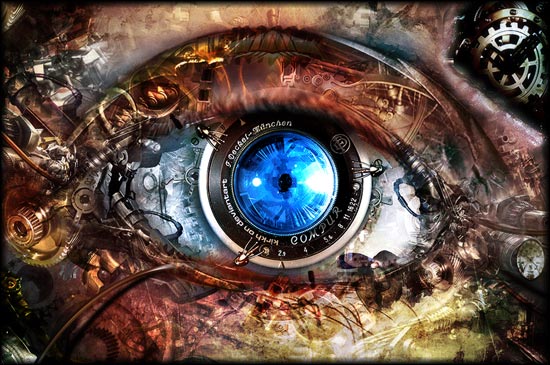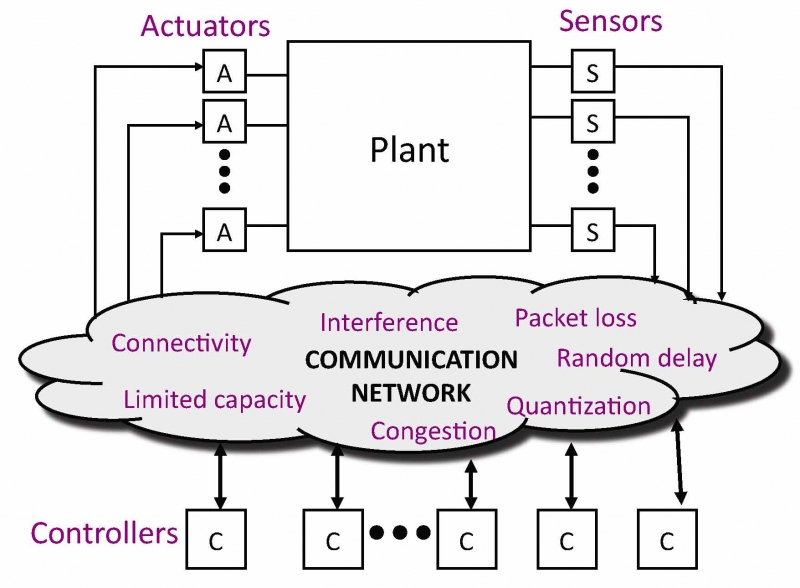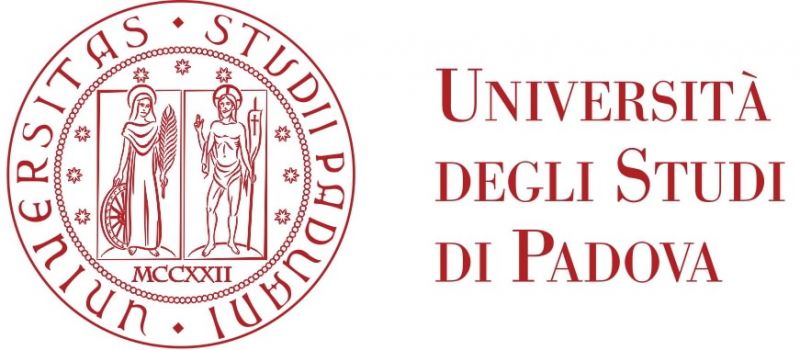

Research
|
RESEARCH AREAS |
 |
Machine Learning and System Identification
Machine Learning is about endowing artificial systems the ability to learn from experience. The field spans a broad range of topics and include building models from measured data as well as learning actions from "experience". When focusing on learning dynamical models this is often refered to as System identification.
In the recent past the research has been
mainly focused on the development and analysis of so-called
``Subspace Methods'' for identification of linear MIMO systems.
Our current interest is on identification of large scale, possibly
structured, systems. To this purpose we are focusing in the
integration of classical identification methods (such as PEM)
with tecqniques developed in Statistics and Machine Learning to solve large scale, il conditioned inverse problems; in particular nonparametric methods and sparsity inducing priors are being considered, as well as with state of the art optimization algorithms.
|
 |
Computer Vision Computer vision is the science of retrieving information from images and movies (sequences of images indexed by time). Our goal is to develop methodologies to enable artificial systems to use visual sensors (such as cameras) to interct with the environment similarly to what us humans do. Basic tasks we have in mind are navigation in an unknown and unstructured environment, recognition and classification of objects and scenes etc. This, which we call the computer vision problem, is a formidable inverse problem which has to cope with high dimensional data (long sequences of possibly high resolution images), hampered by nuisances (factors the images depend on but we are not interested in) and outliers (uninteresting parts of the image which not only do not carry information on our primary task but also disturb our inference problem). We tackle the computer vision problem through the systematic use of modeling and dynamical systems ideas, together with the most advanced tools for statistical estimation and learning. See our latest work on "Robust visual odometry'' video (supplementary material for our ICRA 2015 submission) |
 |
Adaptive Optics
Adaptive optics (AO) is used in astronomy to obtain high resolution images, close to diffraction limited, of stars and galaxies with ground telescopes, otherwise blurred by atmospheric turbulence.
In order to succesfully compensate for the distorsion induced by athmospheric turbulence one (or more) deformable mirros are deformed; the control action used measurements of the wavefront distorsion.
Next generation AO systems have thousand of sensors and actuators and as such pose non-trivial issues both for modeling and control.
|
 |
Networked Estimation and Control
In recent years there has been a rapid proliferation of large interconnected and spatially distributed systems of agents. Instances of such systems range from simple sensors with low computational and communication capabilities to more sophisticated devices such as cameras connected through high speed communication networks. Such distributed systems can be employed for a variety of purposes including monitoring and control of large-scale industrial plants and environments. Examples are power distribution networks, large chemical plants, surveillance systems, domotics (to the purpose of both energy awareness and comfort), environment monitoring and control (e.g. fire prevention, avalanche monitoring etc.) and precision agriculture (e.g. control of autonomous greenhouses and irrigation systems). |

